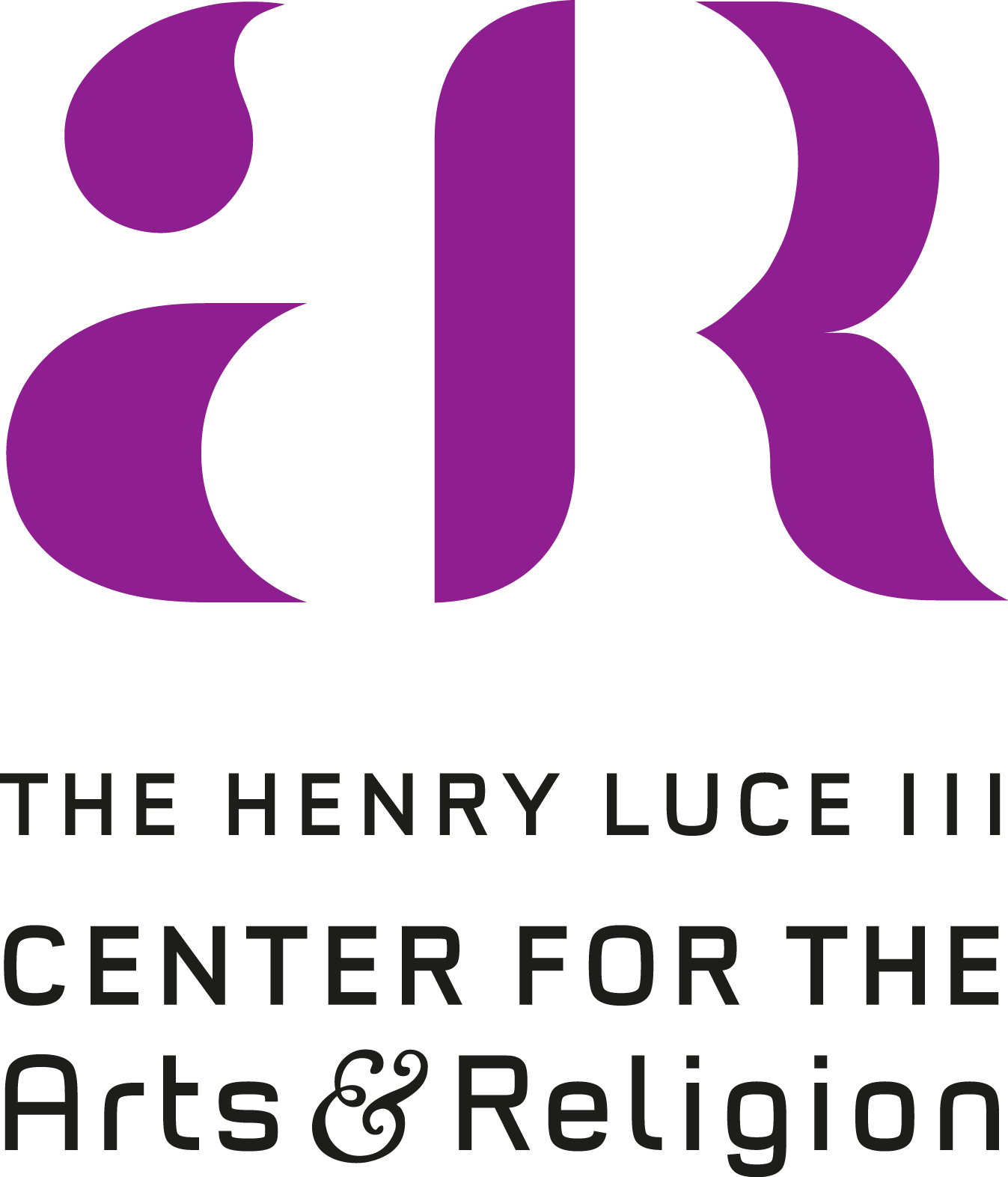Gemma Black
JOHN : ONE : ONE, 2021
15.15 x 11.22”
Walnut ink, gouache and metal nibs on 300gsm (140lb) cold press Arches watercolour paper
Tasmanian text artist Gemma Black’s rendition of the opening verse of the Gospel of John is an act of translation at many levels: between Latin and English, between word and matter, between human and divine. While Matthew and Luke open with narratives of Jesus’ birth and infancy, John famously opens on a more cosmic note. For him, Jesus is the preexistent Word (Greek logos or Latin verbum) of God, language deliberately drawn from Israel’s scriptures which speak of personified Wisdom. John’s opening verses clearly echo the first chapter of Genesis, in which God repeatedly creates using the power of speech: “Then God said, ‘Let there be light’; and there was light” (Genesis 1:3).
In translating the Latin to English, Black makes an unexpected design choice. For both, she employs versals, a type of capital letter which is written not with one stroke but outlined and filled-in. Versals are highly versatile forms, based on a common structure but with many, many variations found in both medieval and modern lettering. Here Black contrasts two forms of versals, but not in the way we would expect. We would typically consider the Latin to be more traditional, more staid, with English as a less formal tongue. Yet here, Black’s Latin plays more and moves more than her English letterforms. Black generates this effect through a strong contrast of thick and thin in her Latin letters. The horizontal thins of the Latin versals curve and dance in unexpected ways against the relatively firm, thick vertical lines.
However, Black’s choice to make the Latin more vibrant makes clear sense: few of us would bother reading the Latin when the English is next to it, so the Latin letters must express meaning through their form in a bold way. In this way Black translates also between medieval and modern. Her palette, walnut ink with red pigment, evokes a palette typical of medieval manuscripts. To me, this piece also evokes the Old English glosses added above and below the Latin text of the Lindisfarne Gospels in the tenth century, the earliest English translation of the Gospels.
Genesis 1 depicts a God who creates with order, with harmony, and yet also takes delight in His craft: “And God saw that it was good” (1:12). Black reflects both elements of creation in her work. In the English, one can see the order and structure in the repetition of “WORD” and “GOD,” each with a strong “O” suggesting the infinite. She also raises the right horizontal of the “G” in “GOD” to make it nearly symmetrical with the “D”. The visual shape of “GOD” is symmetry and order. This visual pun would not work in the Gospel’s original Greek or the Latin here, but it works in English—a happy coincidence.
Black suggests God’s joy in creation with the playful, dancing horizontals of the Latin versals. The verticals are carefully outlined and filled in. The horizontals appear spontaneous and unplanned, though it is doubtful they truly are. By drawing our attention to the dance of her pen on the page, her own bodily movement, Black reminds us that the process of calligraphic mark-making can resonate with the contexts of the words. She brings together several aesthetic and theological tensions in this piece—medieval and contemporary, spontaneous joy and careful structure, God and humanity—and lets that tension lie on the page for us to dwell in.



